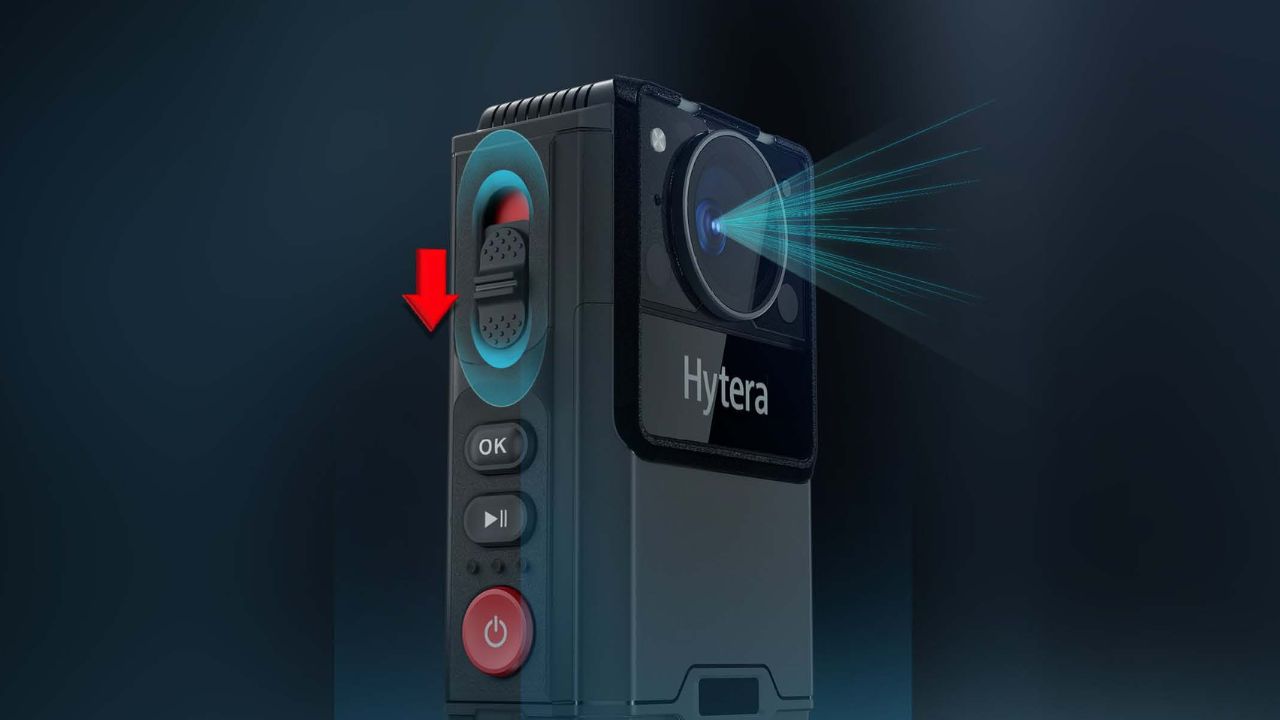Law enforcement officers wear small recording devices called Body-Worn Cameras (BWCs) on their uniforms to record audio and video of their encounters with the public. These compact, frequently lightweight gadgets are made to offer an eyewitness, unbiased account of incidents and interactions from the officer’s point of view. They function to improve law enforcement agencies’ accountability, openness, and sense of trust with the communities they serve.
BWCs come with a range of functions, including microphones and high-definition cameras, as well as occasionally other features like GPS tracking. They are designed to go into action when there is a contact involving law enforcement, recording events such as routine patrols, traffic stops, arrests, and other interactions. In court police body camera procedures and investigations, the video captured by these devices is frequently regarded as crucial evidence, providing an unbiased recounting of events.
Difficulties Exist When It Comes To Law Enforcement Using Body-Worn Cameras
Law enforcement’s use of body-worn cameras (BWCs) has been praised as a major advancement in accountability and transparency. But putting them into practice presents a number of difficulties that cut across the social, legal, ethical, and technological spheres.
Privacy Issues
The issue of privacy is among the biggest difficulties posed by BWCs. These cameras are worn by officers in a variety of situations, many of which involve private individuals. It need clear policies to decide whether to switch on and off the cameras, particularly in delicate scenarios like private home conversations or with crime victims. It’s difficult to strike a balance between the right to privacy and the requirement for accountability.
Storage and Management of Data
Robust storage systems are necessary to handle the massive volumes of data generated by BWCs. Large amounts of video recordings present a difficulty for agencies in terms of management, storage, and security. It is logistically challenging to determine how long these recordings should be kept on file while maintaining data security and integrity. Agency finances may also be strained by the expenses of maintaining and preserving this data.
Technological Restrictions
There are several technical problems with BWCs. Officers face practical issues such limited camera angles, poor video quality, and short battery life. The usefulness of these devices may be hampered by dead batteries or broken equipment, thus frequent maintenance and proper training for officers to handle these technical problems are required.
Officer Decision-Making and Turnaround
In many situations, it is up to the officers’ decision when to turn on or off the cameras. While necessary, policies controlling the usage of BWCs can be complicated. Police officers may neglect to turn on the cameras in a high-stress scenario, or they may willfully or inadvertently disregard the necessary procedures, which could compromise the accuracy and comprehensiveness of the recordings.
Effect on Connections
The dynamics of contacts between police enforcement can be impacted by the presence of cameras. People who are being filmed may become more guarded or reluctant, which could affect the natural flow of discussions and impede the development of public-officer trust. On the other hand, when cops know they are being filmed, they may act differently, which could compromise the veracity of what they are doing.
Problems with Evidence and the Law
There are unique difficulties with using BWC video as evidence in court. For the recordings to be admitted in court, it is essential to guarantee the recordings’ chain of custody, authenticity, and integrity. Obstacles persist in the form of legal requirements for the use of this evidence and possible disputes over its veracity or legitimacy.
Instruction and Adjustment
BWC use requires substantial training to do well. Officers must be knowledgeable about the technology, policies, and moral issues related to using these gadgets. To guarantee that officers adjust to changes in regulations and technology, training programs must be continuous.
What the Public Expects
The public frequently looks on body cams to resolve intricate problems involving the actions of law enforcement. Nevertheless, structural issues cannot be resolved by these gadgets alone. It can be difficult to control public expectations and make sure BWCs are viewed as a component of a broader set of reforms rather than a magic bullet.
Conclusion
Despite its potential, the use of body-worn cameras in law enforcement is not without its difficulties. It is still a work in progress to address issues with data management, privacy, policy enforcement, technology constraints, and the evolving nature of officer-citizen interactions. BWCs safeguard people’s privacy and rights while effectively advancing the interests of justice.

